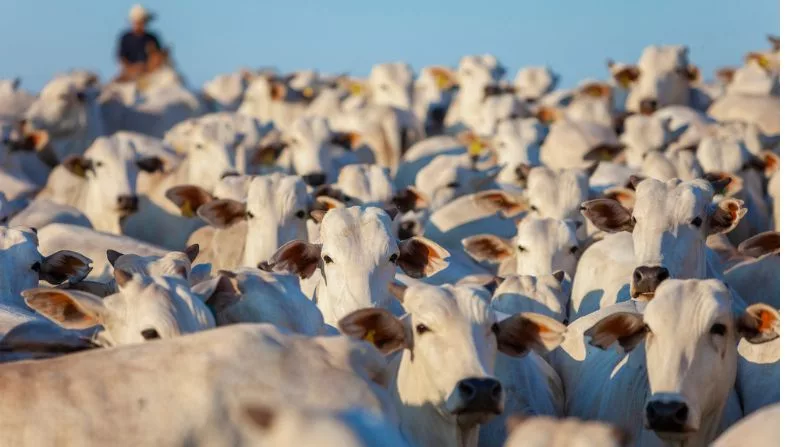Critical Greater Yellowstone Ecosystem grizzly bear habitat has been degraded by a 2019 U.S. Forest Service decision to allow more than 17,000 livestock to graze in Wyoming’s Upper Green River Basin, according to a new report.
John Carter, ecologist for the Yellowstone to Uintas Connection and the report’s co-author, said 84% of the area is designated as having a wildlife emphasis in the Forest Plan.
“The area that this decision covers places a priority on wildlife,” Carter explained. “But what we have in reality is a livestock emphasis, with wildlife way down in the order of priorities, as far as any evidence we’ve seen.”
The Forest Service decided to put cattle in the project area even though it is where more than half of all grizzly deaths in western Wyoming happened between 2010 and 2014. All were due to conflicts with cattle. Grizzlies are classified as a threatened species under the Endangered Species Act. The agency has not yet responded to a request for comment.
The Forest Service is not following the best scientific practices for managing livestock grazing, according to the report, which found a significant decline in the forage plants that should be present. A single adult cow and calf can weigh up to 1,600 pounds, due to added hormones and antibiotics, but Carter pointed out the agency’s stocking rate assumes the total weight is just 1,000 pounds.
“When in reality, they weigh double that, and they’re consuming double the rate that the Forest Service is claiming when they are calculating a stocking rate,” Carter contended. “You’ve got some very basic fundamentals that are being glossed over in order to perpetuate the status quo.”
The Forest Service is supposed to manage publicly-owned resources for long-term sustainability, but Carter argued there has been a gradual decline over time. He added laws passed in the 1960s and 70s to protect watersheds from overgrazing and logging have been weakened by industry lobbyists.
“Basically, you’ve got a system set up where the industry is essentially in control of the agency,” Carter stressed. “It’s called ‘regulatory capture,’ and so the public really is out of the loop here.”






